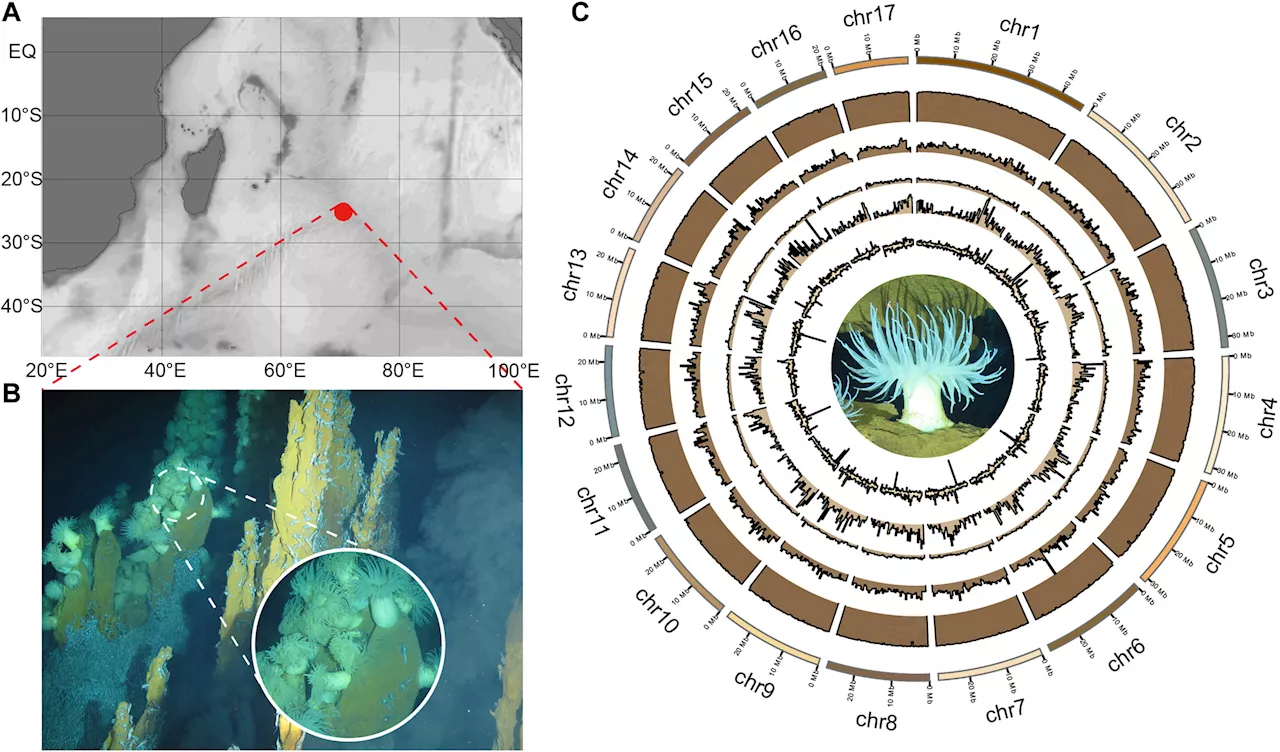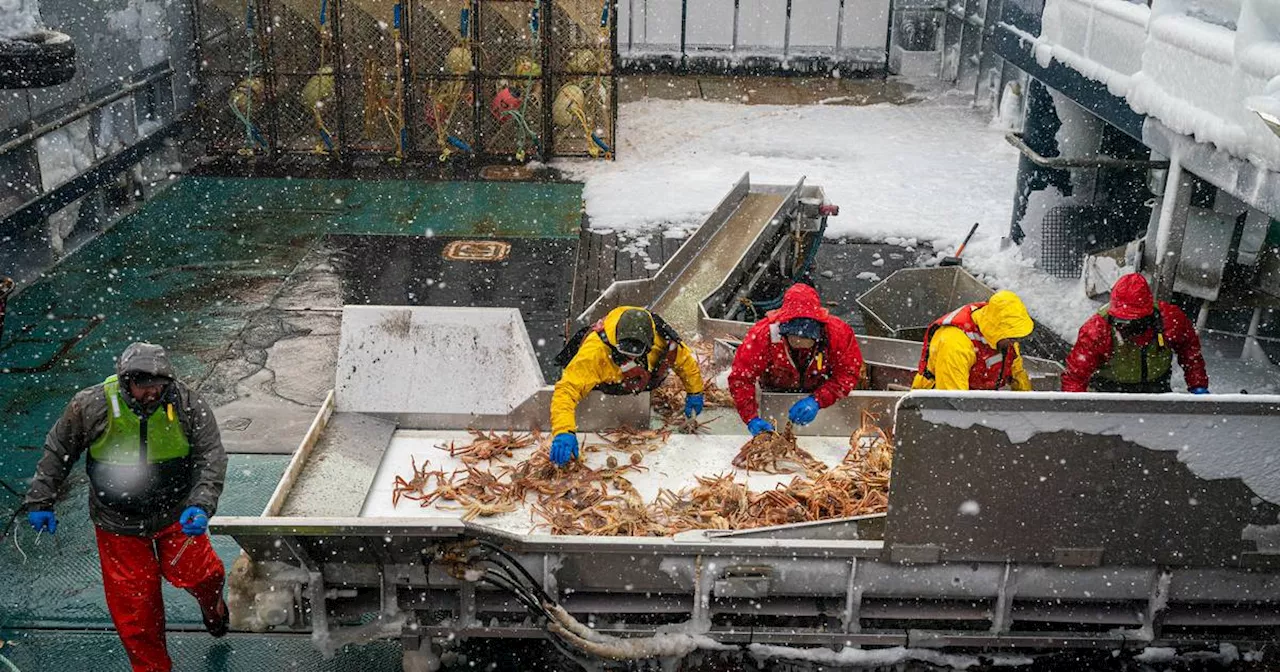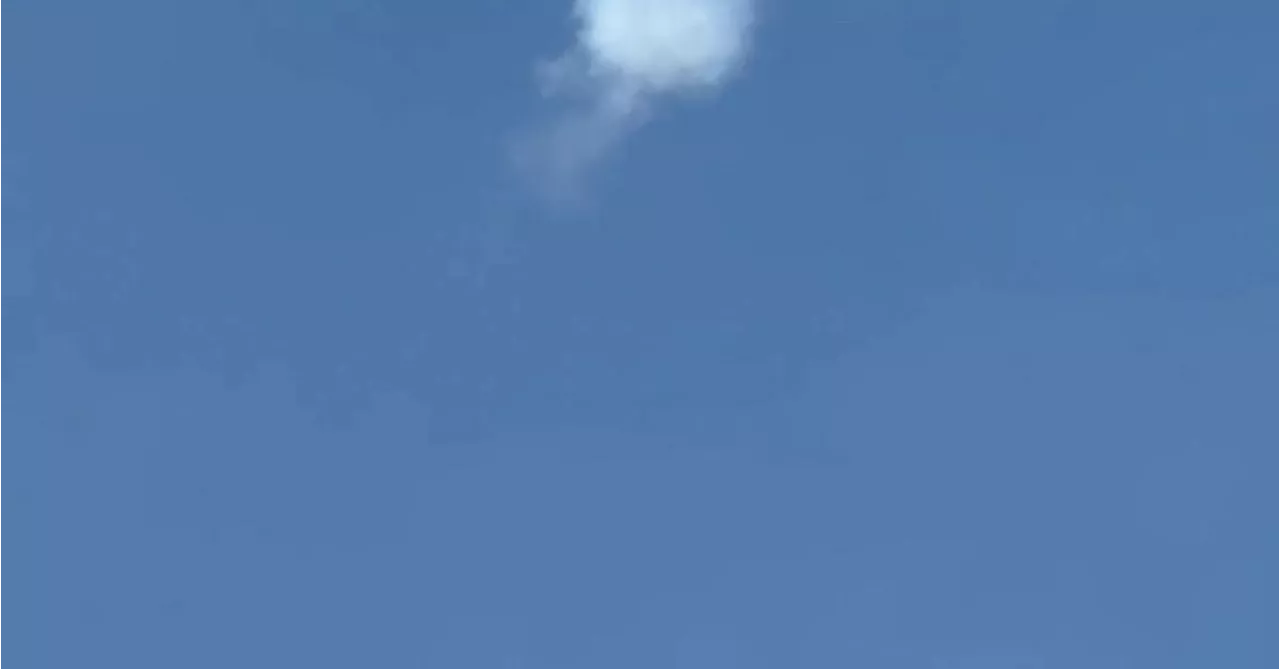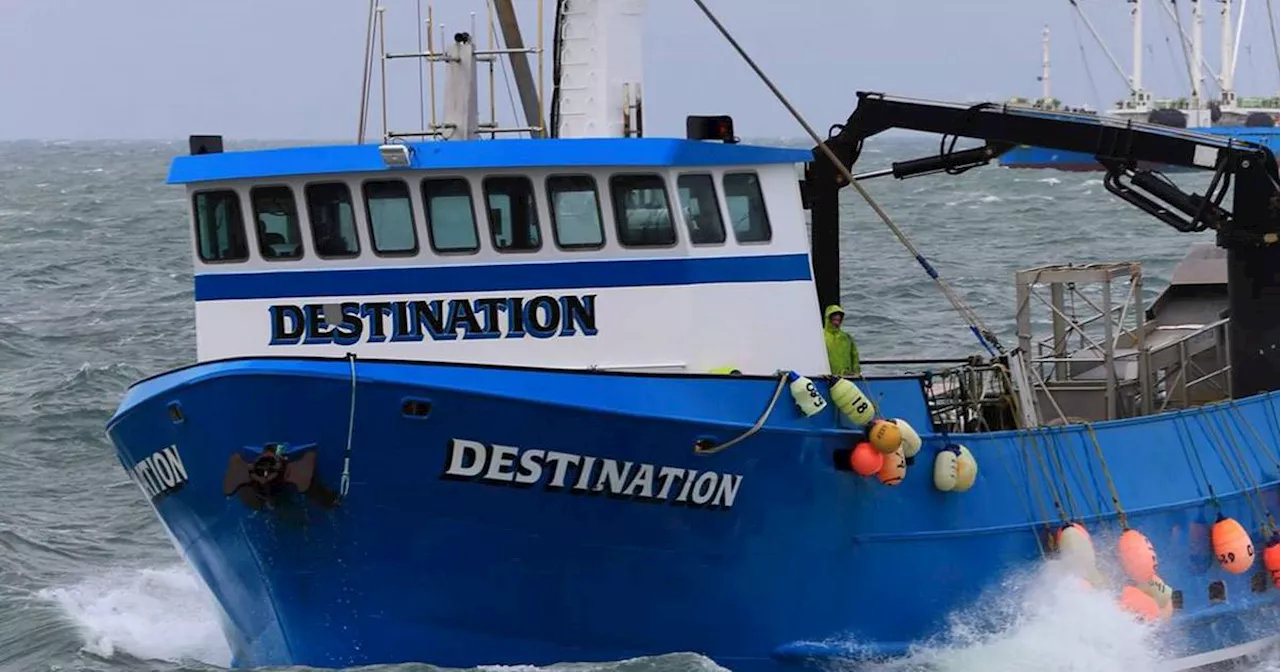The Destination went down without a mayday call two years ago this week, taking six crew members with it and stunning a Bering Sea crabbing industry that appeared to have left its deadly legacy behind.
Updated: February 11, 2019The search continued on Sunday, Feb. 12, 2017, for the 92-foot fishing vessel Destination, which went missing with six people aboard in the Bering Sea. The Destination sent out an emergency beacon on Saturday morning from a position about 2 miles northwest of St. George island. Dylan Hatfield was back in the wheelhouse of the Destination. He held his older brother's hand as the 98-foot crab boat bucked through the Bering Sea.
The Destination sank after more than a decade of relative safety in a Bering Sea crab fleet that appeared to have left behind the deadly legacy of the late 20th century, when dozens upon dozens died as their boats went down. For industry veterans, the loss of the Destination was a gut-check that spurred reflection: Are we as safe as we think?
Yet a Coast Guard analysis -- using computer modeling -- shows that long before the winter storm, the Destination's margin of safety had been eroded by changes to the vessel and gear. By the time the crew set out on its final voyage, according to the analysis, the heavily loaded boat failed to meet minimum stability standards called for by a 1988 act of Congress.
"I should have been there. It should never have been my brother," Dylan said."You wake up and you're alive and part of you wished you weren't." It was the start of a shipboard romance between two Seattleites who grew up in a city yet to be transformed by the dot-com boom and Amazon. Back then, the seafood industry held a much higher profile, drawing fresh recruits from the city's youth.
This was also a perilous time. The Bering Sea was a killing zone for American fishermen, with crabbing the deadliest harvest. At 18, Dylan gained a Bering Sea crew slot aboard the Seattle-based Destination. The work was cold and exhausting: trapping cod, king and snow crab with heavy, steel-framed pots that had to be baited, dropped overboard and retrieved in a cycle repeated week after week.A line carved into the galley table marked his exclusive spot. He was known to wave a fork at those who dared crowd his domain.
Hathaway's awareness of his own mortality was on display during man-overboard and abandon-ship drills. He used these exercises to draw out the crew to talk about what could go wrong, and how to avoid bad outcomes.On his first day in 2008, a pot smashed into a crewman. Rather than quit for the day, he walked off his injury and within a half-hour -- still in pain -- was back at work.
These harvest shares could be sold. Or they could be leased, so the crabbers, as they retired, could continue to reap profits without owning a boat and hiring crews to put down pots on the ocean bottom. In the decade after the share system took hold, the Bering Sea crab fleet shrank from more than 250 boats to fewer than 70 boats. The winners and losers in this restructuring were the topic of many a shipboard conversation among Hathaway and the Destination crew.Dylan shared his frustrations, feeling he was born too late to stake a claim.
They had spent nearly three times longer fishing for cod than the year before. And the money wasn't nearly as good as for crab. In a call during a port stop in Sand Point, Alaska, he told his mother fatigue had dragged down crew morale.Born in Alaska, Kai had spent his early years in Sand Point, a treeless island fishing port at the eastern entry to the Bering Sea, where his father had worked as a commercial fisherman.
The next day, the Destination arrived at Dutch Harbor in the Aleutian Islands to take on squid bait and fuel. There, the boat hosted a visitor, Dylan Hatfield, a former crewman who'd spent six years aboard the Destination and was giddy with anticipation about this reunion. Still, Darrik was not going to give up his place on the Destination. He stayed silent about his injury.Dylan wanted to party, down a few shots. His friends looked haggard, still beat down from the cod season.The Destination faced a dicey weather forecast as the boat left Dutch Harbor at 11:15 p.m. on Thursday, Feb. 9. The National Weather Service called for nearly 40 mph wind gusts over the next two days, up to 13-foot seas and temperatures down to 18 degrees.
The Destination had to deliver its catch to Trident Seafoods on the island of St. Paul; the plant planned to shut down crab processing by Feb. 25. On the radio with another skipper, Hathaway fretted it would be hard to catch the boat's quota by then. The booklet indicated the stack was under the Destination's 224-pot limit for winter. The boat was supposed to be safe to take to sea.
A Destination pot -- the only one retrieved from the sea floor the summer after the boat sank -- weighed 840 pounds. "That's what came back to us," said Gordon Kristjanson, the retired captain of the Aleutian Mariner, who considered, but decided not to go ahead with the modification. "We all got seasick on that ride," Dylan said."I remember Jeff telling us that it was going to take awhile to get used to."Captain Bill Prout savored a cup of coffee in the wheelhouse of the Silver Spray at the tail end of his winter season catching snow crab off Alaska. At 6:15 a.m. on Saturday, Feb. 11, 2017, the Bering Sea sunrise was still more than two hours away.
Prout and crew changed course to go the 20 miles that separated their boat from the coordinates indicated by the distress signal. The National Weather Service was forecasting light, then moderate and finally heavy spray for the last 14 hours of the boat's trip to St. Paul.On Friday, Feb. 10, ice up to 6 inches thick accumulated on the crabber Polar Sea as that boat traveled to St. Paul. The captain would later report that he stopped the boat four times -- and each time, it took hours to break off the ice.
The best -- and final -- opportunity to clear some of the ice would have come shortly after 5 a.m. as the boat began passing through the sheltered waters in the lee of St. George, an island south of St. Paul. Whoever was at the helm chose to forge on. As the Destination motored past St. George, the boat increased its speed to about 10 miles an hour. There was no pause to break ice."That is the question that has haunted me," said Michael Barcott, an attorney representing the boat's owner, David Wilson.
Most of the crew -- Hathaway, Kai Hamik, Charles Glen Jones, Larry O'Grady, Darrik Seibold and Raymond Vincler -- likely would have been trapped in their bunks. No time for a mayday call. Even the man on watch could have been down below for an engine-room check typically scheduled around that time.At 6:13 a.m., one minute into the turning, a distress signal went out from the EPIRB -- the emergency position-indicating radio beacon.
The steel-hulled boat had gone down Feb. 11 -- a little more than two months before -- near the Pribilof Island of St. George. Dylan's brother, Darrik Seibold, and the five other crew were killed. The losses were fresh. The next day, they would mourn anew at a memorial service for Larry O'Grady, a 55-year-old crewman from Poulsbo.
Darrik Seibold had left behind a son, Eli, then 3. Dylan was there with his and Darrik's mother, Gayle Andrew, to negotiate for the boy. They talked about asking Wilson to up the total by including a $2.5 million insurance payout the company had received to compensate for the loss of the boat. O'Grady's service was held late that afternoon in Bremerton at the Kitsap Golf & Country Club. There were songs, remembrances and a slideshow on a gentle warm day for this man who had worked aboard the Destination for more than 20 years.
The site of the wreck -- seven miles from the Pribilof Island of St. George -- was confirmed by sonar imagery taken on July 8, 2017, by the crew of a federal research vessel. The Destination faced southwest, and there was a scour line more than 300 feet long where the boat appeared to have dragged along the sea bottom riven by strong currents. The crew was never found.
When federal fishery rules changed in 2005, the catch history of Wilson's boats gained valuable rights -- year after year -- to a percentage of the overall harvests. His share could be caught by crews he hired on his boats. Or, he could sell or lease his crab-harvest rights to other operators. The investigators questioned Dylan for hours. Finally, they asked if he wanted to make any last remarks."There has definitely been a disconnect between ownership and the guys working on the boat," Dylan said."This has put such a bad taste in my mouth that I'm upset. I'm deeply hurt."
She knew firsthand the risks of Bering Sea crabbing. As a young woman, she worked as a cook on a crab boat, and told Dylan about her own maritime disaster when she caught a ride on a vessel that rolled over. She spent hours in the water in an insulated survival suit until she made it to a life raft. "I have lived in Alaska my whole life," she said."I love fishing and my children love it. It is a great life. But one day it is not so wonderful. They don't come home. And there is no closure. You never know what happened."
The Coast Guard has not released its full investigative report. But a key document -- a stability analysis also made public in July 2018 -- raised questions about the oversight by Wilson and those he paid to watch over the Destination's safety.
Malaysia Latest News, Malaysia Headlines
Similar News:You can also read news stories similar to this one that we have collected from other news sources.
 Studying sea anemone genes to learn how they survive near deep-sea hydrothermal ventsA team of deep-sea and environmental scientists affiliated with multiple institutions in China has learned more about how some sea anemones are able to live near deep-sea hydrothermal vents by studying the genes of one species: Alvinactis idsseensis sp. nov.
Studying sea anemone genes to learn how they survive near deep-sea hydrothermal ventsA team of deep-sea and environmental scientists affiliated with multiple institutions in China has learned more about how some sea anemones are able to live near deep-sea hydrothermal vents by studying the genes of one species: Alvinactis idsseensis sp. nov.
Read more »
A Possible Trade Destination for Jeremy ChinnWill the Panthers decide to deal the versatile safety ahead of the deadline?
Read more »
 Cleveland launches new waterfront development authority, with Destination Cleveland CEO David GilbertThe new development authority is intended to provide long-term oversight of Cleveland lakefront redevelopment that transcends election cycles and City Hall administrations.
Cleveland launches new waterfront development authority, with Destination Cleveland CEO David GilbertThe new development authority is intended to provide long-term oversight of Cleveland lakefront redevelopment that transcends election cycles and City Hall administrations.
Read more »
 Second snow crab season canceled as researchers pinpoint causeBillions of snow crabs in the east Bering Sea died between 2018 and 2021. Scientists now believe they know why.
Second snow crab season canceled as researchers pinpoint causeBillions of snow crabs in the east Bering Sea died between 2018 and 2021. Scientists now believe they know why.
Read more »
 Blasts hit two Egyptian Red Sea towns, Israel points to 'aerial threat'Projectiles hit two Egyptian Red Sea towns on Friday, sources and officials said, injuring six people and showing the risk of regional spillover from the Israel-Gaza conflict.
Blasts hit two Egyptian Red Sea towns, Israel points to 'aerial threat'Projectiles hit two Egyptian Red Sea towns on Friday, sources and officials said, injuring six people and showing the risk of regional spillover from the Israel-Gaza conflict.
Read more »
 Live blog: Black Sea corridor will function despite threatsRussia-Ukraine war enters its 611th day.
Live blog: Black Sea corridor will function despite threatsRussia-Ukraine war enters its 611th day.
Read more »
